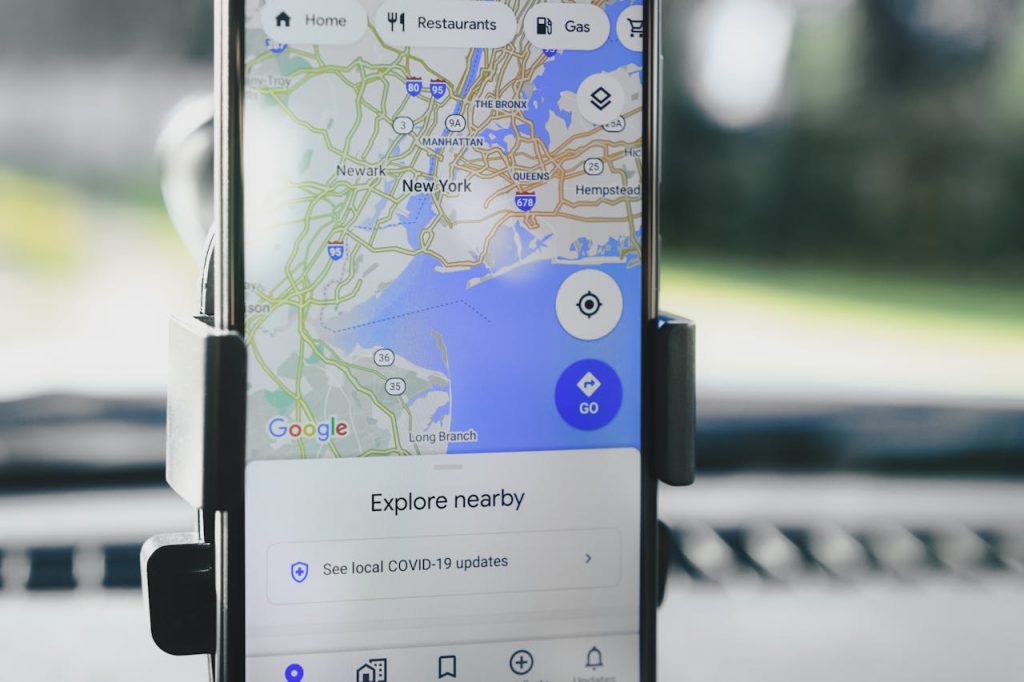
Emergencies are stressful enough. When you call 911, you expect help to arrive fast and at the right place. But what if Google Maps sends emergency services to the wrong address? This isn’t just a tech glitch—it can mean the difference between life and death. Many people trust digital maps for everything, including emergencies. But mistakes happen, and the results can be serious. Understanding what goes wrong and how to protect yourself matters to everyone who relies on their phone for directions.
1. Delayed Response Can Put Lives at Risk
When Google Maps sends emergency services to the wrong address, the most obvious problem is a delay. Every minute counts in an emergency. If an ambulance, fire truck, or police car goes to the wrong place, the person who needs help waits longer. Sometimes, that wait can be the difference between a good outcome and a tragedy. For example, a heart attack victim may not survive if help is delayed by even a few minutes. The same goes for fires or violent crimes. Delays caused by wrong directions can have real, lasting consequences.
2. Confusion for First Responders
First responders rely on accurate information. When they arrive at the wrong address, they waste time figuring out what went wrong. They may knock on doors, ask neighbors, or call dispatch for clarification. This confusion slows everything down. It also increases stress for the responders, who want to help as quickly as possible. In some cases, they may even leave the scene if they think the call was a false alarm. This can make it even harder to get help to the right place.
3. Privacy and Safety Concerns for Uninvolved Residents
Imagine emergency vehicles showing up at your door by mistake. It’s unsettling. You might worry that something happened to a loved one or that you’re in danger. Sometimes, police or paramedics enter homes or yards looking for the person in need. This can feel like an invasion of privacy. It can also cause fear or confusion, especially for children or elderly residents. In rare cases, these mistakes have led to confrontations or misunderstandings. No one wants to be surprised by flashing lights and sirens at their home for no reason.
4. The Role of Outdated or Incorrect Map Data
Google Maps is powerful, but it’s not perfect. Sometimes, addresses are listed incorrectly. New buildings might not appear on the map. Rural areas or apartment complexes can be especially tricky. If the map data is wrong, emergency services may be sent to the wrong place. Even small errors, like a misplaced pin or a missing street, can cause big problems. Keeping map data up to date is a huge challenge, especially as cities grow and change.
5. How Emergency Dispatch Centers Use Technology
Most 911 centers use a mix of technology and human judgment. They may rely on Google Maps, but they also use other mapping tools and databases. Sometimes, the address you give is checked against several sources. But if the information is wrong in all of them, the problem gets worse. Some dispatchers are trained to double-check locations, especially if something seems off. But in a fast-moving emergency, mistakes can slip through. Technology is helpful, but it’s not a replacement for careful communication.
6. Steps You Can Take to Protect Yourself
You can’t control every detail, but you can lower your risk. Always double-check your address in Google Maps and other apps. Make sure your home is easy to find, with clear numbers on your house or mailbox. If you live in a new development or a rural area, check that your address appears correctly on digital maps. If it doesn’t, you can report the error to Google Maps. When calling 911, give clear, simple directions. Mention landmarks or cross streets if possible. Don’t assume the dispatcher can see your exact location.
7. What to Do If Emergency Services Go to the Wrong Address
If you notice emergency vehicles in the wrong place, speak up. If it’s safe, let responders know they’re at the wrong address. If you called 911 and help hasn’t arrived, call back and confirm your location. Give as much detail as you can. Stay calm and answer questions clearly. If you see a pattern of mistakes in your area, contact your local government or emergency services to report the problem. Sometimes, fixing a map error can help your whole neighborhood.
8. The Bigger Picture: Technology Isn’t Perfect
We rely on technology for almost everything, including emergencies. But no system is flawless. Google Maps is a tool, not a guarantee. Mistakes can happen, and the results can be serious. It’s important to stay aware and take steps to protect yourself. Don’t assume that technology will always get it right. Be proactive about your safety and your address information.
Staying Safe in a Digital World
When Google Maps sends emergency services to the wrong address, the risks are real. Delays, confusion, and privacy issues can all result from a simple mapping error. But you can take steps to protect yourself. Check your address, give clear directions, and stay alert. Technology is helpful, but it’s not perfect. Your actions can make a difference when every second counts.
Have you ever had emergency services show up at the wrong address? Share your story or thoughts in the comments below.
Read More
How to Travel the World on $10K: 10 Realistic Tips You Need to Know
Old Fashion Door Locks Don’t Work Anymore: Try These Five Burglar Resistant Alternatives
The post What Happens When Google Maps Sends Emergency Services to the Wrong Address appeared first on The Free Financial Advisor.







